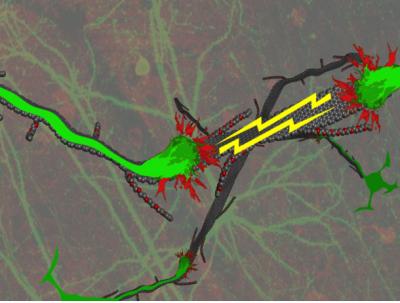Researchers from Rice University, led by the renowned Prof. James M. Tour, are attempting to repair spinal cord injuries with the help of TexasPEG, a water soluble graphene nanoribbon dispersion. In rodents, the method has been able to restore a completely paralyzed rat to a motility score of 19 out of 21, where 21 is a perfect score. If successful in humans as well, it may be applicable to new injuries, and potentially old injuries up to 30 years in the past - restoring function and sensation in both paraplegics and quadriplegics.

The team's novel approach acts as a directional scaffold for the neurons to grow along. It uses highly conductive graphene nanoribbons (GNR), which are long and thin. These graphene nanoribbons have been chemically modified to be water soluble (PEG-GNR), so they can disperse well between the existing neurons. Neurons then attach to these GNRs, and grow axons and dendrites along them until they re-connect with another neuron. These PEG-GNR are dissolved in PEG600 to form a solution that is topically administered to cuts in the spinal cord. This solution has been named TexasPEG by researchers in the field.
The team is expects that this project can be completed in 2-3 years and may transition to clinical trials in humans in 3 years.